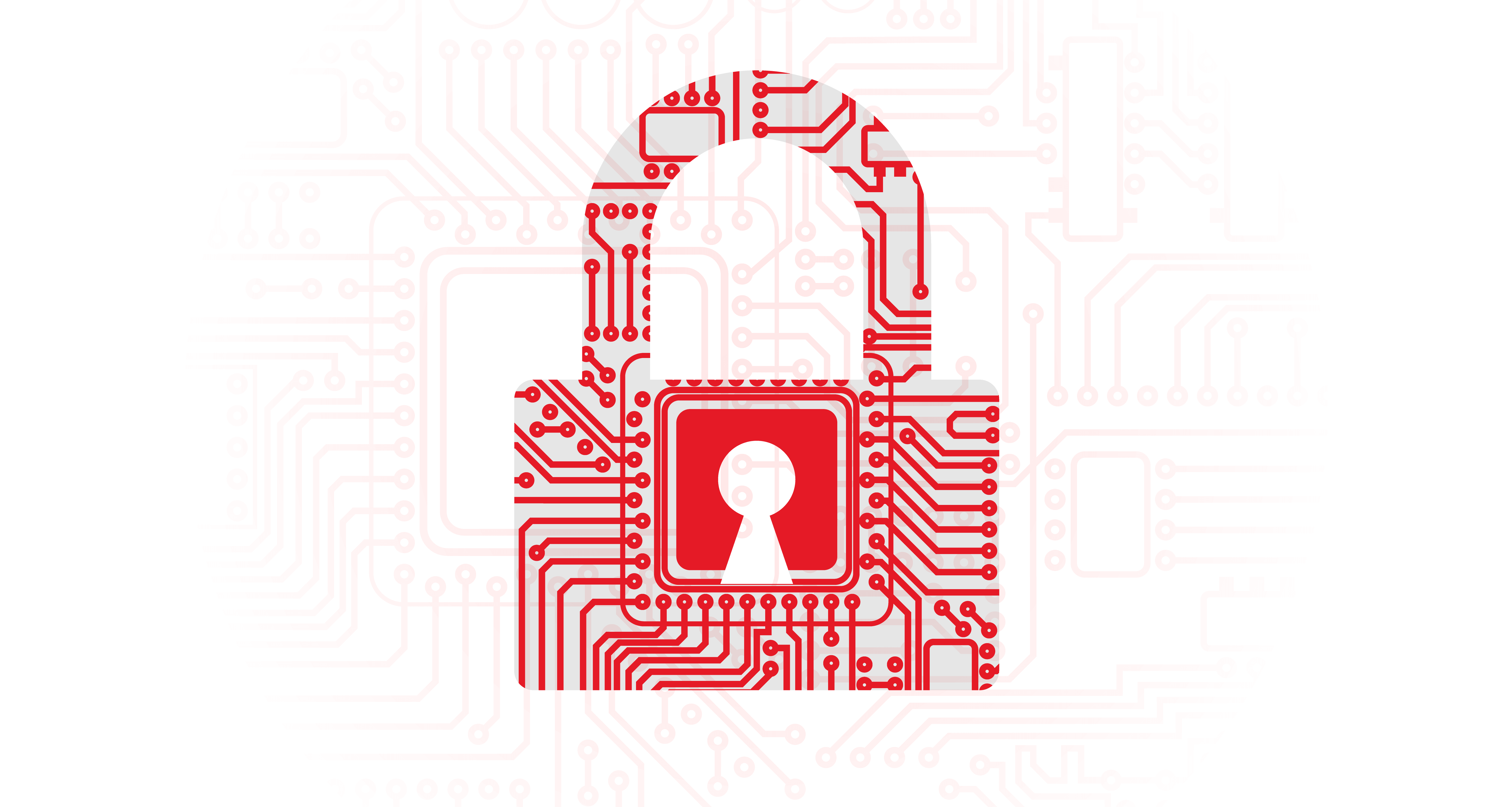HISTORY OF DATA STORAGE
HISTORY OF DATA STORAGE
Paper discs, magnetic discs, layers of silicon: the history of data carriers is patchy. But there is one theme that is constant across all...

HISTORY OF DATA STORAGE
HISTORY OF DATA STORAGE
Paper discs, magnetic discs, layers of silicon: the history of data carriers is patchy. But there is one theme that is constant across all...
HISTORY OF DATA STORAGE
Paper discs, magnetic discs, layers of silicon: the history of data carriers is patchy. But there is one theme that is constant across all storage media. Storing data has occupied mankind ever since information began to be recorded. But let’s leave the past behind us and jump straight to the digital age. Let’s travel back to the 1960s, when mainframe computers were just beginning to establish themselves.
The beginnings: from punched cards to magnetic storage
Today we can no longer imagine a computer without a screen. But in the early days, punched cards served as storage media and the output was made directly via the dot matrix printer.
The text-based screens of the 1980s adopted the 80-character display from the punch card.
This was not only tedious, but also slow. Magnetic storage had come along in the 1960s. The tapes on large spools secured the programs for electronic data processing. Backups were hardly an issue, because the first computers were pure calculating machines that did not yet allow automatic data storage.
Storage facilities diversified in the 1970s. In 1972, IBM introduced a flat, 8-inch diameter, rewritable magnetic disc. The floppy disk was born—OK, the first one appeared in 1969, but it was only readable. Up to 80 KB could be stored on a floppy disk. For the title picture of this article alone of around 240 KB, three such diskettes would have been necessary. Even so, the first floppy disk offered a thousand times the capacity of a punched card.
The triumph of the floppy disk
In the 1970s, technology began to shrink—and at the same time to become more powerful. When the first personal computers appeared towards the end of the decade, they used floppy disks in the comparatively handy 5.25-inch format. In the HD (High Density) version, the data carriers stored an incredible 1.2 MB of data. Now the title picture would have had space on one disc four times.
The floppy disk.
Until well into the 1980s, floppy disks not only developed into the standard data medium for the operating systems, programs and data. They also served as backup media for the PC. On mainframes, on the other hand, magnetic tapes were still being used.
Towards the end of the 1980s, floppy disks, now in a 3.5-inch format, had reached their storage peak. They offered almost 1.5 MB of space, i.e. around six times the title image of this article.
Continuous backups
During the 1980s, magnetic tapes migrated from the computer center to the office. Tape quickly gained popularity as a cheap backup medium for servers on a local network. One tape a day and the data on the server was backed up. In addition, this backup medium is said to have a certain longevity, which made it interesting for archiving data—and still makes it interesting. Current tape drives based on the LTO-8 standard store 12 TB, and even more can be squeezed onto a tape using data compression.
Fast, big and cheap: the hard drive
The hard drive quickly replaced the floppy disk, because the advantages were overwhelming: hard disks are fast when reading and writing, offer a lot of storage space and are suitable for all common backup strategies. And with today’s magnetic storage capacities of up to 12 TB, a file as small as the title picture is no longer significant.
Still a popular medium for backups today: external hard drives. (Image: Alamy)
External hard drives are suitable for backing up small amounts of data because the storage can be disconnected from the computer after the backup and stowed away in a cabinet. However, external hard drives and RAID systems (Redundant Array of Independent Disks), which also mirror data, have a number of significant disadvantages. As a rule, they are not physically separate from the computers. In the event of a fire, water damage or burglary, there is a risk of data loss. In addition, ransomware can encrypt connected backup hard drives and make the backup unusable.
NAS: the hard drive goes online
With a NAS (Network Attached Storage) providing storage in the local network, backup processes can be automated, since the memory is always available and does not have to be connected manually every time. That’s convenient, but doesn’t outweigh the disadvantages of external hard drives: there’s no physical separation. And for ransomware, NAS are a godsend.
Backup to the cloud
As storage sizes have increased, so has the amount of data. When Windows 3.0 appeared in 1990, seven floppy disks were enough. In contrast, an image of Windows 10 is around 5 GB in size. Around 3,500 diskettes would therefore be necessary. And data and applications migrated from the local network to the cloud, too.
With this diversification, the requirements for backup have changed. If the server is running in the cloud anyway, it’s absurd to bring the backup back to the office. However, going the other way makes sense. A backup in the cloud offers various advantages: the backup is automatic, and the data is locally separated and protected from dangers such as ransomware. The cloud provider takes care of replacing defective hard drives. And if the backup needs more space, it can simply be rented.
Nevertheless, because companies, as users of a cloud service, hand over their data, trust in the cloud provider is essential. Secure, encrypted access and appropriate data protection regulations are the basis for this trust.
The cloud provides fully automated backups that are available at all times—nowhere else is the data as secure as in the cloud. This applies in particular if the data centers are located in Switzerland and certified with the highest security level (Tier IV). And that also elegantly solves the ongoing issue that has run through the history of storage media: the data’s long-term security or backup.
Secure, encrypted access and appropriate data protection regulations are the basis for this trust.

